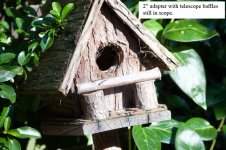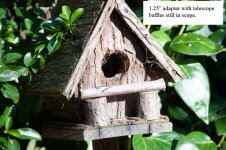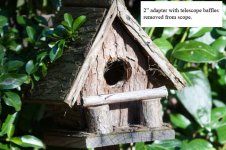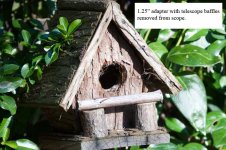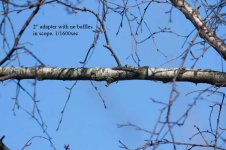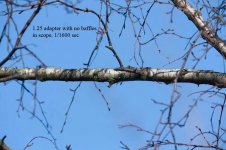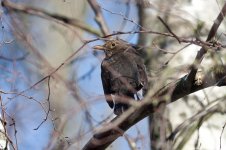FernandoBatista
Well-known member
The simple and low cost alternative to Fernando`s high quality diaphragm may be obtained from the lens unit of an old bellows camera. This is what I am experimenting with at present. The largest opening diameter being around 20mm.
Just dis-assemble from original lens and solder on an extension to the original operating arm, and off you go. Setting it in optical train around 25% inside focus seems to suit my viewing.
Fernando, final thoughts on your flattener is that it is overcompensating, because you are using it at the lesser distance than infinity. As we know, a shorter f.l. of objective induces more spherical abberation, using at say 20 metres rather than infinity means using same objective at longer back focal length, this means less correction is needed, therefore in my view only two answers. First, move flattener as close as possible to focus plane so that its action on the image is lessened, and if this is not enough, then a weaker power flattener is possibly the answer.
Many many years ago, when I was more into astronomy, and photographing stars etc., i played with the idea of field flattening. As usual though, we had to make do and mend and I had some success with a very weak, the weakest you can get, single plano convex lens which used to do the job. I used the type of lens that used to be used in old fashioned round spectacles. Although it seems a single lens would induce colour fringing this was not the case, probably because the lens was so weak. The good old days, Ha ha.
Tom
A 20mm iris wont do, everything less than 35mm and I'm losing light, with my iris at 20mm I'd be more or less at F/8.
The though of over compensation also crossed my mind, and it's probably the cause. On the ED70 the flattener power wasn't enough as I still had soft corners, but I never had problems using it. On this scope, the correction is nearly perfect, perhaps even a bit more than needed so maybe it is indeed too much and this is what is causing my problems with it.
I will try some different placements in it's distance to the sensor to see how it works, but getting much closer would require some mods to the flattener or Trings.
But that will have to wait, for now I'm very happy with the scope as is, I've been using it a lot and I didn't get a shot yet where curvature really is an issue. And I've been shooting really close to birds with frame filling shots from nearly one end to the other.
So, for now I'm quiting on using the flattener. Also this will make my life easier to put the iris working automatically, since I have more space to place the mechanical linkages.




